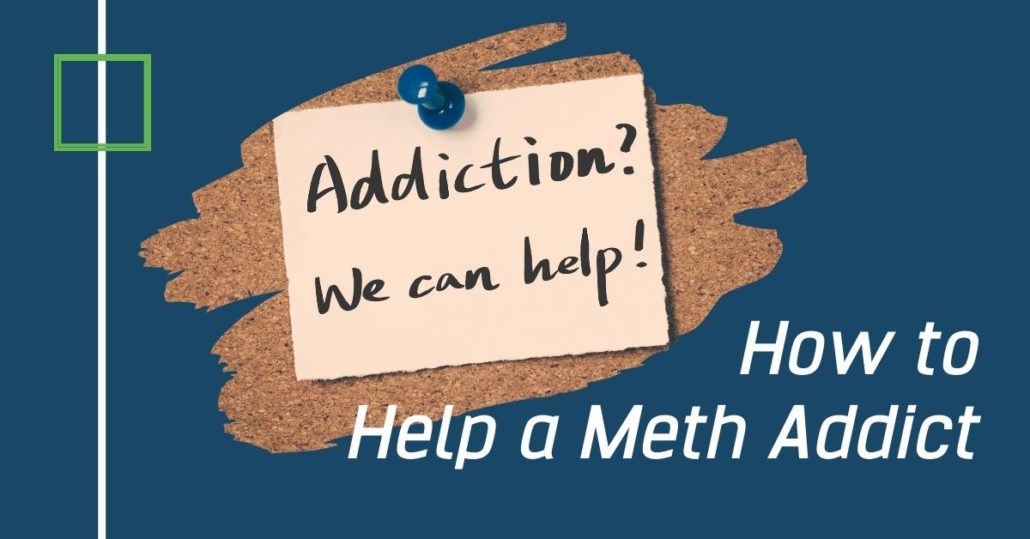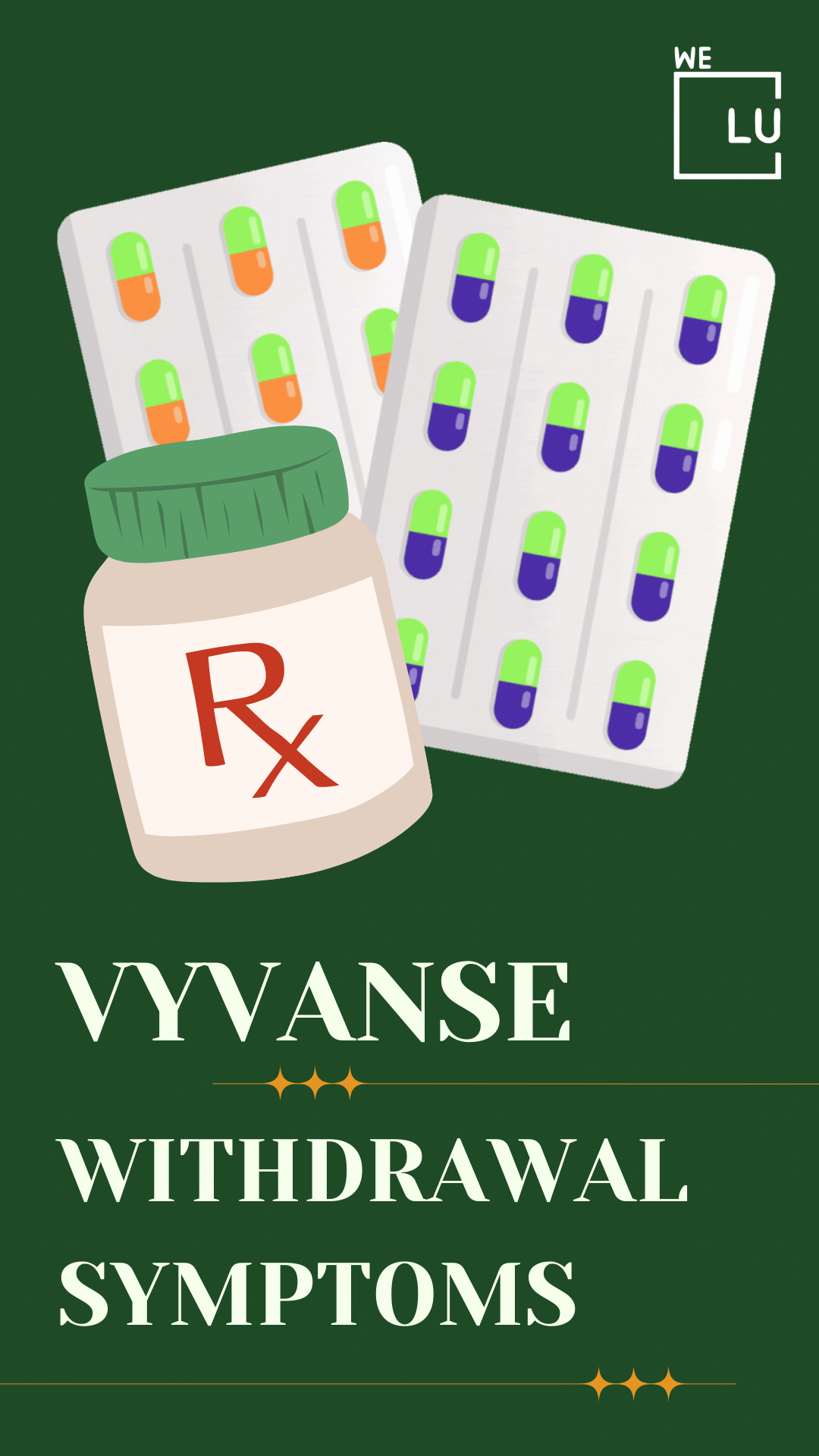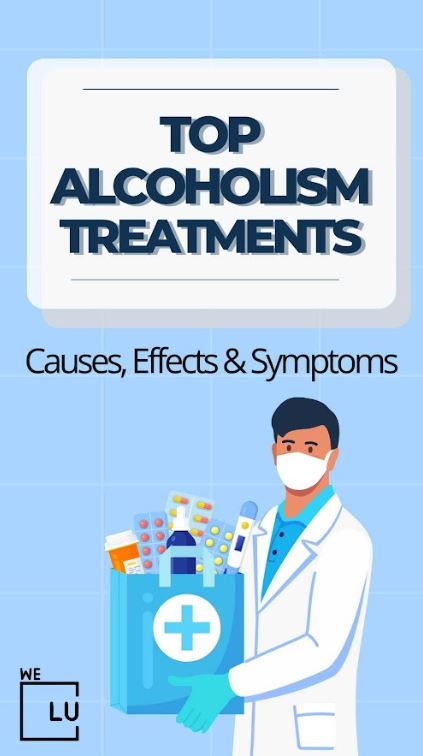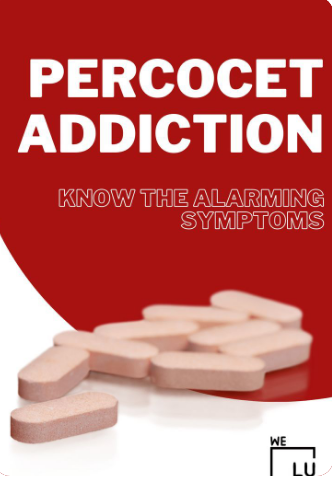Symptoms of Someone on Crystal Meth
Crystal methamphetamine, commonly known as crystal meth, is a highly addictive stimulant drug that can cause a wide range of physical and psychological symptoms. Here are some of the common symptoms that may indicate someone is using crystal meth:
- Hyperactivity. People on crystal meth may be extremely active and restless and may talk excessively.
- Dilated pupils. Meth use can cause the pupils to become dilated, making them appear larger than normal.
- Weight loss. Crystal meth can suppress appetite, leading to rapid weight loss.
- Agitation and irritability. Users may become easily agitated and irritable and may experience mood swings.
- Insomnia. Meth use can cause insomnia or other sleep disturbances.
- Increased heart rate and blood pressure. Meth can cause the heart rate and blood pressure to increase, which can lead to heart problems.
- Paranoia. Users may become paranoid or experience hallucinations or delusions.
- Skin sores. Meth use can cause the user to scratch or pick at their skin, resulting in open sores or scabs.
- Tooth decay. Meth use can cause severe dental problems, including tooth decay, gum disease, and tooth loss.
- Unusual behavior. People on crystal meth may engage in risky or impulsive behaviors, such as driving recklessly or engaging in unprotected sex.
It is important to note that these symptoms can vary from person to person and may not always be indicative of crystal meth use. If you suspect someone you know is using crystal meth, it is important to encourage them to seek help from a healthcare professional or addiction specialist.
What to Do and What to Avoid About Someone Using Crystal Meth?
Crystal meth use and addiction can have serious physical, mental, and social consequences. If you suspect that someone you know is using crystal meth, it is important to approach the situation with care and caution. Here are some things you can do and avoid:
DO:
- Express your concerns. Talk to the person in a non-judgmental way and express your concerns about their behavior.
- Offer support. Let the person know that you are there to support them and encourage them to seek professional help.
- Provide resources. Provide information about local addiction treatment centers, support groups, and counseling services.
- Encourage professional help. Encourage the person to seek professional help from a healthcare professional or addiction specialist.
- Practice self-care. Supporting someone with a substance use disorder can be emotionally and physically draining. Make sure to take care of yourself by setting boundaries, seeking support for yourself, and taking breaks when needed.
DON’T:
- Don’t enable it. Avoid enabling the person’s behavior by not providing them with money or other resources that could be used to support their addiction.
- Don’t be confrontational. Confronting the person about their drug use can often make the situation worse. Instead, approach them in a non-judgmental way and express your concerns.
- Don’t blame or shame. Avoid blaming or shaming the person for their addiction. Addiction is a complex disease and requires professional help to overcome.
- Don’t ignore the situation. Ignoring the situation or hoping that it will go away on its own can lead to serious consequences. It is important to take action and seek professional help as soon as possible.
- Don’t force the person into treatment. While it is important to encourage the person to seek professional help, it is ultimately their decision. Coercion or forcing someone into treatment is unlikely to lead to successful recovery.
Remember, supporting someone with a substance use disorder can be challenging, but with the right resources and support, recovery is possible.

Skip To:
Learn More:
Get Help. Get Better. Get Your Life Back.
Searching for Accredited Drug & Alcohol Rehab Centers Near You? Or Mental Health Support?
Even if you have failed previously, relapsed, or are in a difficult crisis, we stand ready to support you. Our trusted behavioral health specialists will not give up on you. Call us when you feel ready or want someone to speak to about therapy alternatives to change your life. Even if we cannot assist you, we will lead you wherever you can get support. There is no obligation. Call our hotline today.
FREE Addiction Hotline – Call 24/7Crystal Meth Abuse Statistics
Methamphetamine is a highly addictive drug that can lead to serious physical and mental health problems, as well as significant social and economic consequences. According to the National Survey on Drug Use and Health (NSDUH), in 2020, approximately 1.5 million people aged 12 or older reported using methamphetamine in the past year.
2.6 million
Among people aged 12 or older in 2020, 0.9% (or about 2.6 million people) reported using methamphetamine in the past 12 months.
Source: 2020 National Survey on Drug Use and Health
1.5 million
Among people aged 12 or older in 2020, an estimated 0.6% (or about 1.5 million people) had a methamphetamine use disorder in the past 12 months.
Source: 2020 National Survey on Drug Use and Health
23,837
In 2020, approximately 23,837 people died from an overdose involving psychostimulants with abuse potential other than cocaine (primarily methamphetamine).
Source: CDC
Crystal Meth Drug Facts
What is methamphetamine?
Methamphetamine (meth) is a stimulant. The FDA-approved brand-name medication is Desoxyn.
What is its origin?
Mexican drug trafficking organizations have become the primary manufacturers and distributors of methamphetamine throughout the United States, including Hawaii. Domestic clandestine laboratory operators also produce and distribute meth on a smaller scale. The methods used depend on the availability of precursor chemicals.
What are common street names?
Common street names include:
- Batu.
- Bikers Coffee.
- Black Beauties.
- Chalk
Chicken Feed. - Crank.
- Crystal.
- Glass.
- Go-Fast.
- Hiropon.
- Ice.
- Poor Man’s Cocaine.
- Shabu.
- Shards.
- Speed.
- Stove Top.
- .Tina.
- Trash.
- Tweak.
- Meth.
- Methlies Quick.
What is its legal status in the United States?
Methamphetamine is a Schedule II stimulant
under the Controlled Substances Act, which
means that it has a high potential for abuse and a
currently accepted medical use (in FDA-approved products). It is available only through a prescription that cannot be refilled.
Today there is only one legal meth product, Desoxyn. It is currently marketed in 5, 10, and 15-milligram tablets (immediate-release and extended-release formulations) and has very limited use in the treatment of obesity and ADHD
What does it look like?
Regular meth is a pill or powder. Crystal meth
resembles glass fragments or shiny blue-white “rocks” of various sizes.
How is it abused?
Meth is swallowed, snorted, injected, or smoked. To intensify the effects, users may take higher doses of the drug, take it more frequently, or change their intake method.
What is its effect on the body?
Taking even small amounts of meth can result in:
- Increased wakefulness.
- Increased physical activity.
- Decreased appetite.
- Rapid breathing and heart rate.
- Irregular heartbeat.
- Increased blood pressure.
- Hyperthermia (overheating).
What is its effect on the mind?
Meth is a highly addictive drug with potent central nervous system (CNS) stimulant properties. Those who smoke or inject it report a brief, intense sensation or rush. Oral ingestion or snorting produces a long-lasting high instead of a rush, which reportedly can continue for as long as half a day.
Both the rush and the high are believed to result from the release of very high levels of the neurotransmitter dopamine into areas of the brain that regulate feelings of pleasure. Long-term meth use results in many damaging effects, including addiction.

What are the Physical Signs and Symptoms of Crystal Meth Addiction?
Crystal meth addiction can have serious physical effects on the body, many of which are visible and noticeable. Here are some of the physical signs and symptoms of crystal meth addiction:
- Meth mouth. Meth use can cause severe dental problems, including tooth decay, gum disease, and tooth loss. This is commonly referred to as “meth mouth.”
- Meth face. Prolonged meth use can lead to changes in the appearance of the face, such as sunken cheeks, wrinkles, and a gaunt, hollowed-out look.
- Meth sores. Meth use can cause the user to scratch or pick at their skin, resulting in open sores or scabs.
- Meth eyes. Meth use can cause the pupils to become dilated and lead to a strained, bug-eyed appearance.
- Meth head. Meth use can cause hair loss and skin damage, resulting in a balding, scabby appearance.
- Meth pipes and paraphernalia. Meth is typically smoked using a glass pipe, which may be accompanied by other drug paraphernalia, such as needles or syringes.
If you suspect that someone you know is addicted to crystal meth, it is important to encourage them to seek professional help as soon as possible. With the right treatment and support, recovery is possible.

Get Your Life Back
Find Hope & Recovery. Get Safe Comfortable Detox, Addiction Rehab & Mental Health Dual Diagnosis High-Quality Care at the We Level Up Treatment Centers Network.
Hotline (877) 378-4154What are the Behavioral and Psychological Signs and Symptoms of Crystal Meth Addiction?
Crystal meth addiction can have a range of mental and behavioral signs and symptoms, which can vary depending on the individual and the severity of their addiction. Here are some common mental and behavioral signs and symptoms of crystal meth addiction:
- Mood swings. Crystal meth use can cause drastic changes in mood, including increased aggression, irritability, and anxiety.
- Paranoia. Crystal meth use can cause intense feelings of paranoia and suspicion, leading the user to believe that others are out to get them.
- Hallucinations. Prolonged crystal meth use can cause hallucinations, leading the user to see, hear, or feel things that are not really there.
- Impulsivity. Crystal meth use can cause the user to act impulsively, engaging in risky behaviors such as theft, unprotected sex, or drug-related crime.
- Psychosis. Prolonged crystal meth use can cause psychosis, which is a severe mental disorder characterized by delusions, hallucinations, and disordered thinking.
- Social withdrawal. Crystal meth addiction can cause the user to withdraw from social activities and relationships, leading to isolation and loneliness.
- Neglecting personal hygiene. Crystal meth addiction can cause the user to neglect personal hygiene, leading to poor physical appearance and a decline in overall health.
It is important to note that crystal meth addiction can have serious physical, mental, and social consequences, and requires professional help to overcome.
Comfortable Facilities & Amenities
High-Quality Addiction & Mental Health Rehabilitation Treatment
Rehab Centers TourRenowned Addiction Centers. Serene Private Facilities. Inpatient rehab programs vary.
Addiction Helpline (877) 378-4154Proven recovery success experience, backed by a Team w/ History of:
15+
Years of Unified Experience
100s
5-Star Reviews Across Our Centers
10K
Recovery Success Stories Across Our Network
- Low Patient to Therapist Ratio
- Onsite Medical Detox Center
- Comprehensive Dual-Diagnosis Treatment
- Complimentary Family & Alumni Programs
- Coaching, Recovery & Personal Development Events
Are Meth Mites and Meth-Induced Psychosis Symptoms of Crystal Meth Use and Addiction?
Yes, Meth mites, also known as formication, are a common symptom of meth addiction. It is a tactile hallucination that causes the user to feel like they have bugs or insects crawling on or under their skin. This sensation can lead the user to scratch or pick at their skin, causing sores and infections.
Psychosis is a common symptom of meth addiction. Prolonged meth use can cause changes in the brain’s chemistry, leading to a range of mental health issues, including psychosis. Meth-induced psychosis is characterized by delusions, hallucinations, and disordered thinking. The user may believe that they are being followed, spied on, or persecuted in some way. They may also hear voices or see things that are not there.
Meth-induced psychosis can be very frightening for the user and can lead to dangerous behaviors. It is important to note that psychosis can also occur during the withdrawal phase of meth addiction, as the brain tries to readjust to its normal state.

Experience Transformative Recovery at the We Level Up Treatment Center.
See our authentic success stories. Get inspired. Get the help you deserve.



Start a New Life
Begin with a free call to an addiction & behavioral health treatment advisor. Learn more about our dual-diagnosis programs. The We Level Up treatment center network delivers various recovery programs at each treatment facility. Call to learn more.
- Personalized Care
- Caring Accountable Staff
- Comfortable Amenities
- Licensed & Accredited
- Renowned w/ 5-Star Reviews
We’ll Call You
Crystal Meth Addiction Treatment
First and foremost, if you think a loved one is abusing meth, you should research the substances and their associated addiction to understand better what your loved one needs. Next, you must plan an intervention to provide your loved ones with options to battle the effects of meth addiction in a safe and supportive environment. During this intervention, offer compassion and support instead of judgment. Lastly, show your support throughout the entire treatment process.
In addition, prolonged drug use can have severe physical and psychological effects on you, so it is essential to seek treatment as soon as possible. Inpatient drug rehab offers intensive care that can help you promptly get through the early stages of meth withdrawal.
Crystal Meth Detox
Medical detox is often considered the first stage of treatment. It will help you navigate the complicated meth detox withdrawal but doesn’t address patterns of thought and behavior contributing to drug use. Various treatment approaches and settings can help provide the ongoing support necessary to maintain long-term sobriety after you complete the meth detox.
Cravings are very common during drug detox and can be challenging to overcome. This often leads to relapse. Constant medical care provided during inpatient treatment helps prevent relapse. Clinicians can give medication and medical expertise to lessen cravings and withdrawal symptoms.
Inpatient Crystal Meth Addiction Rehab
There isn’t one treatment approach or style that will suit everyone. Treatment should speak to the needs of the individual. Inpatient rehab and addiction treatment aren’t just about drug use. the goal is to help the patient stop using meth and other substances, but drug rehab should also focus on the whole person’s needs.
Addiction is a complex but treatable disease that affects brain function and behavior. When someone or their family is considering different treatment facilities, they should account for the complexity of addiction and the needs of the individual. The objective of attending an inpatient rehab center for addiction treatment is to stop using the drug and re-learn how to live a productive life without it.
Following a full medical detox, most people benefit from inpatient rehab. Inpatient drug rehab can last anywhere from 28 days to several months. Patients stay overnight in the rehab facility and participate in intensive treatment programs and therapy. Once someone completes rehab, their addiction treatment team will create an aftercare plan, which may include continuing therapy and participation in a 12-step program like Narcotics Anonymous.

Psychotherapy
Several different modalities of psychotherapy have been used in the treatment of mental health disorders along with addiction, including:
- Cognitive Behavioral Therapy (CBT) – is an effective treatment that involves changing both the patterns of negative thoughts and the behavioral routines which are affecting the daily life of the depressed person for various forms of depression.
- Dialectical Behavioral Therapy (DBT) – is a comprehensive mental health and substance abuse treatment program whose ultimate goal is to aid patients in their efforts to build a life worth living. The main goal of DBT is to help a person develop what is referred to as a “clear mind.”
Medication-Assisted Treatments
Medication-Assisted Treatments (MAT) for substance use and mental health disorders are commonly used in conjunction with one another. This includes the use of medications and other medical procedures. During your rehab, the staff from your treatment facility will help you identify what caused your addiction and teach you skills that will help you change your behavior patterns and challenge the negative thoughts that led to your addiction. Sometimes, the pressures and problems in your life lead you to rely on substances to help you forget about them momentarily. The meth effects on the nervous system can be treated simultaneously with the help of therapies.
If you or a loved one is struggling with crystal meth addiction or a high-functioning meth addict, call today to speak with one of our treatment specialists. Your call is private and confidential, and there is never any obligation. The We Level Up NJ treatment center network offers nationwide facilities. Connect with one of our rehab specialists.
Faces of Meth Video
The “Faces of Meth” is a well-known anti-drug campaign created by the Multnomah County Sheriff’s Office in Portland, Oregon. The campaign features a series of before and after crystal meth addicts images who were arrested for methamphetamine-related crimes. The crystal meth before and after images show the physical transformation (crystal meth images before and after) that occurs after prolonged methamphetamine use and is intended to represent the harsh effects of the drug on an individual’s appearance, health, and life. The “Faces of Meth” campaign is designed to deter individuals from using methamphetamine by showing the nand egative consequences associated with its use.
4 Popular “Symptoms of Someone on Crystal Meth” FAQs
-
What are some common crystal meth symptoms?
Crystal meth, also known as methamphetamine, is a highly addictive stimulant drug that can cause a range of physical and psychological symptoms. Some of the most common crystal meth symptoms include decreased appetite, insomnia, and hyperactivity.
-
What are the deadliest crystal meth user symptoms?
Crystal meth use can have serious and potentially deadly consequences for users. Some of the deadliest crystal meth user symptoms include overdose. crystal meth overdose can cause seizures, stroke, heart attack, and other life-threatening complications. Signs of a crystal meth overdose may include difficulty breathing, chest pain, high body temperature, and unconsciousness.
-
Can crystal meth use symptoms cause brain damage?
Yes, the use of crystal meth can cause brain damage. Crystal meth, also known as methamphetamine, is a powerful stimulant that affects the central nervous system. It can cause a range of physical and psychological symptoms, including damage to the brain.
-
What are crystal meth user symptoms of withdrawal?
Withdrawal from crystal meth can cause a range of physical and psychological symptoms. These symptoms can be intense and may last for several weeks or months, depending on the severity of the addiction and the individual’s overall health.
Search We Level Up NJ “Symptoms of Someone on Crystal Meth” Topics & Other Resources
Sources:
[1] What treatments are effective for people who misuse methamphetamine? | National Institute on Drug Abuse (NIDA) (nih.gov) – https://nida.nih.gov/publications/research-reports/methamphetamine Tag: Symptoms of Someone on Crystal Meth
[2] Patterns and Characteristics of Methamphetamine Use Among Adults — United States, 2015–2018 | MMWR (cdc.gov) – https://www.cdc.gov/mmwr/volumes/69/wr/mm6912a1.htm / Tag: Symptoms of Someone on Crystal Meth
[3] Know the Risks of Meth | SAMHSA – https://www.samhsa.gov/meth/ Tag: Symptoms of Someone on Crystal Meth
[4] Neurologic manifestations of chronic methamphetamine abuse – PMC (nih.gov) – Rusyniak DE. Neurologic manifestations of chronic methamphetamine abuse. Neurol Clin. 2011 Aug;29(3):641-55. doi: 10.1016/j.ncl.2011.05.004. Epub 2011 Jun 24. PMID: 21803215; PMCID: PMC3148451. / Tag: Symptoms of Someone on Crystal Meth
[5] Drug Fact Sheet: Methamphetamine (dea.gov) – https://www.dea.gov/sites/default/files/2020-06/Methamphetamine-2020_0.pdf / Tag: Symptoms of Someone on Crystal Meth
[6] How Long Does Meth Stay In Your System? – 7 Stages & Effects (welevelup.com) – https://welevelup.com/addiction/how-long-does-meth-stay-in-your-system/Tag: Symptoms of Someone on Crystal Meth
[7] Methamphetamine DrugFacts | National Institute on Drug Abuse (NIDA) (nih.gov) – https://nida.nih.gov/publications/drugfacts/methamphetamine / Tag: Symptoms of Someone on Crystal Meth
[8] Methamphetamine Research Report: Overview | NIDA (nih.gov) – https://nida.nih.gov/publications/research-reports/methamphetamine/overview / Tag: Symptoms of Someone on Crystal Meth / symptoms of crystal meths
[9] Meth Overdose Deaths Surge | NIH Record – https://nihrecord.nih.gov/2021/10/29/meth-overdose-deaths-surge / Tag: Symptoms of Someone on Crystal Meth / symptoms of crystal meths
[10 ] Trends in U.S. methamphetamine use and associated deaths | National Institutes of Health (NIH) – https://www.nih.gov/news-events/nih-research-matters/trends-us-methamphetamine-use-associated-deaths / Tag: Symptoms of Someone on Crystal Meth





